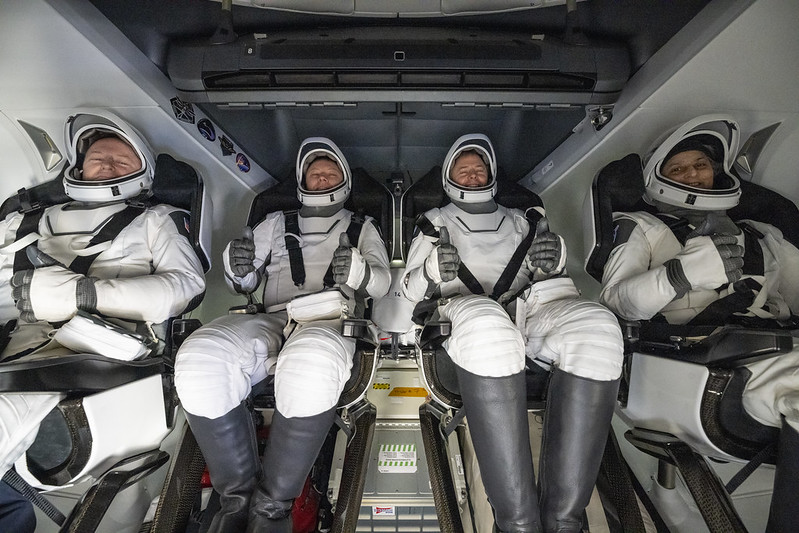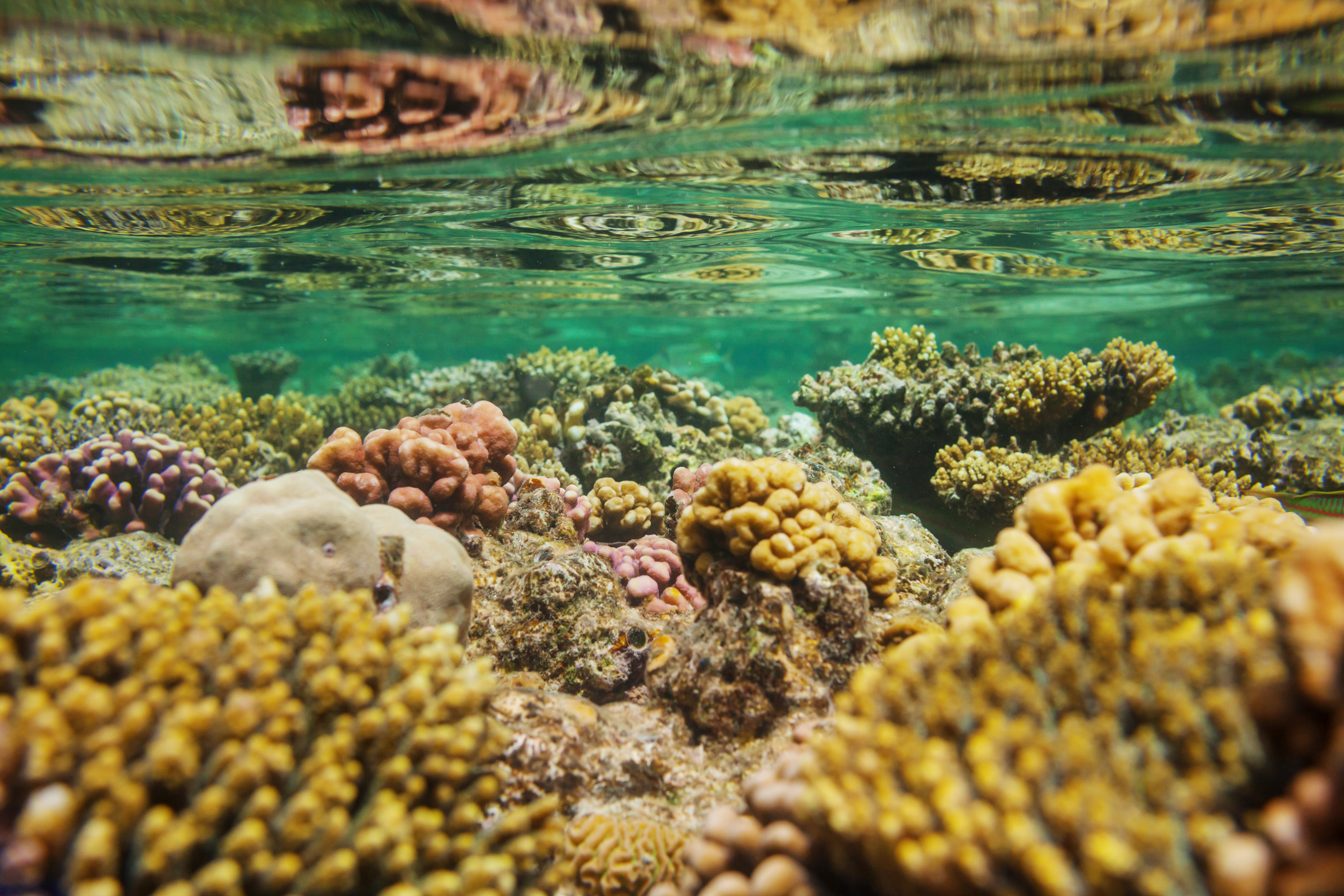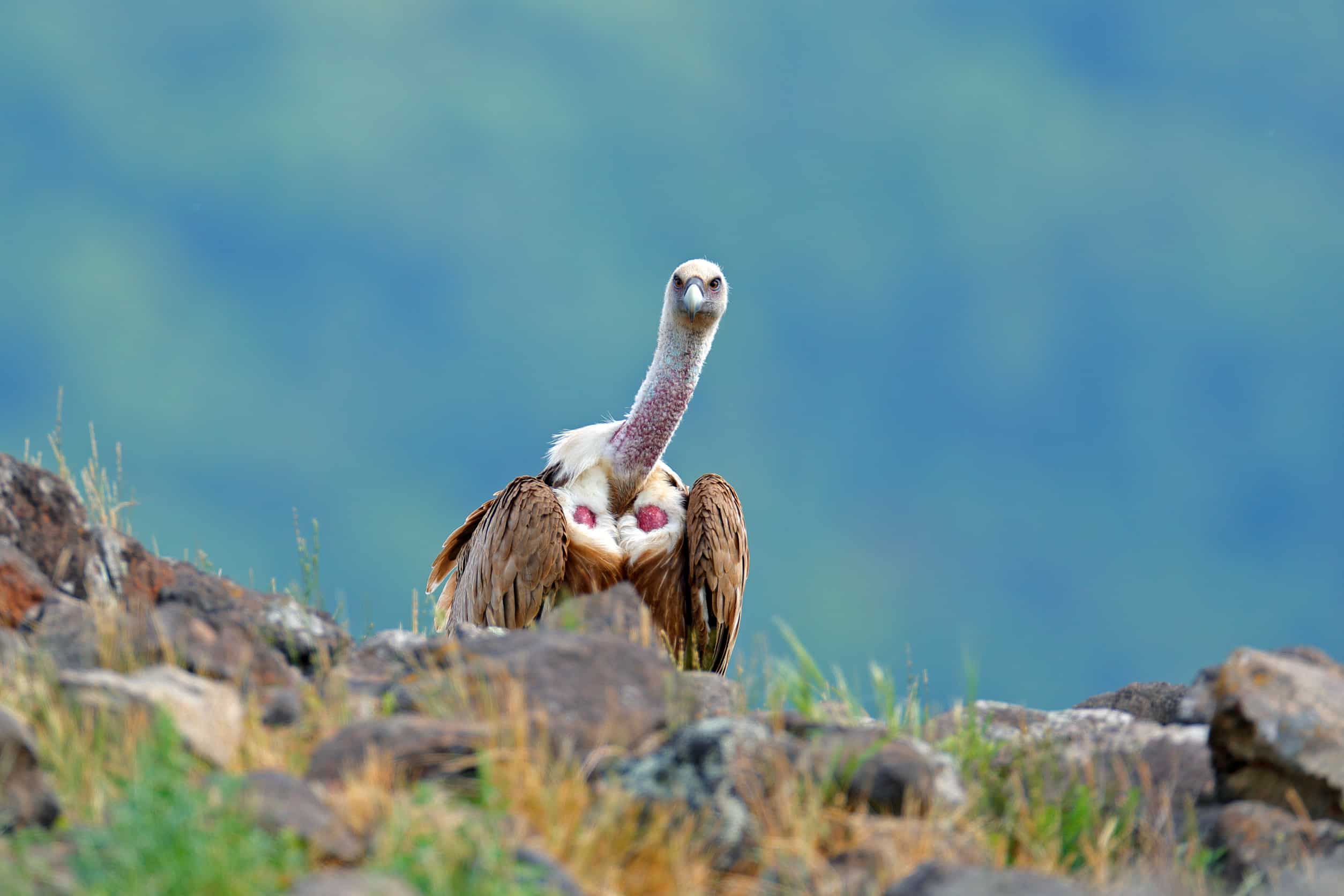Image Credit: Photo Credit: (NASA/Keegan Barber)
https://flic.kr/p/2qSFVy1
NASA astronauts Suni Williams and Butch Wilmore, alongside astronaut Nick Hague and Russian cosmonaut Aleksandr Gorbunov, completed an unexpected nine-month mission aboard the International Space Station (ISS), returning to Earth on March 18. Initially planned as an eight-day endeavor, their journey was extended due to technical issues with Boeing’s Starliner capsule, which prompted a swift change to SpaceX’s Dragon Freedom capsule for their return.
The crew safely splashed down off the coast of Florida, where they were greeted by a pod of dolphins, adding a touch of wonder to their homecoming. Following their landing, the astronauts were transported to NASA’s Johnson Space Center in Houston, where they reunited with family and began the process of physical recovery after spending 286 days in microgravity.
During their time in space, Williams and Wilmore participated in vital scientific research, technology demonstrations, and maintenance tasks aboard the ISS. Their mission included completing 4,576 orbits around Earth, contributing to various experiments and spacewalks. Williams’ extended stay in space positioned her as the American astronaut with the second-longest cumulative time in space, totaling 608 days across three missions.
NASA’s collaboration with SpaceX was crucial in ensuring the safe return of the astronauts. After recognizing that the Starliner would not be available for their return, NASA worked closely with SpaceX to develop alternative options. The successful pivot underscores the importance of teamwork in space exploration.
This mission, which transformed from a short test flight into an extended journey, highlighted the challenges and rewards of living and working in space. It also emphasized the emotional aspect of being away from family for extended periods, as Williams reflected on maintaining connections with loved ones during her time in orbit.
As NASA continues to explore the frontiers of human spaceflight, the stories of resilience and adaptability from missions like this serve as a reminder of the unpredictability of space exploration and the profound perspectives gained from it.
Check out the original article here: Source link



